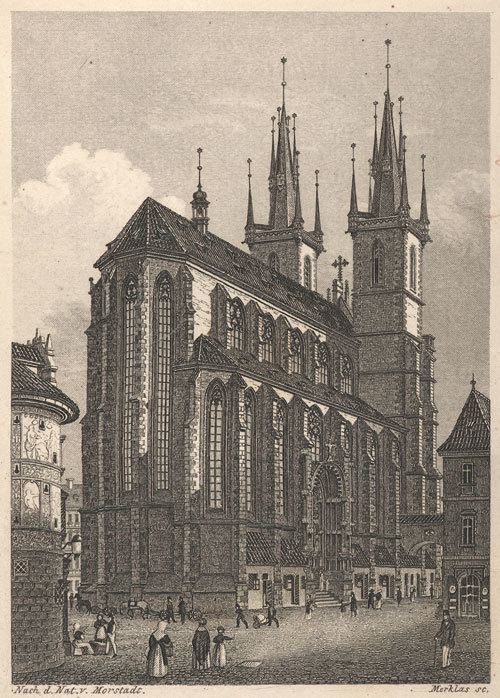Name Josef Seger | Role Organist | |
 | ||
Books Eight Toccatas and Fugues: Organ - Method or Collection Similar People Bohuslav Matej Cernohorsky, Jan Zach, Frantisek Brixi, Frantisek Tuma, Josef Myslivecek | ||
Josef Seger - Toccata and Fugue No. 1
Josef Seger (born Josef Ferdinand Norbert Segert, last name also Seeger or Seegr) (21 March 1716 – 22 April 1782) was a Bohemian organist, composer, and educator. After graduating in philosophy from the Charles University in Prague and studying music under Bohuslav Matej Cernohorsky, Jan Zach, and others, Seger became organist of two churches in Prague and remained there until his death.
Contents
- Josef Seger Toccata and Fugue No 1
- Josef Seger 1716 82 Toccata Fuga g moll Praha Tn
- Life
- Works
- Keyboard
- Masses
- Other works
- Other
- Editions
- References
An extremely prolific composer, Seger became one of the most important representatives of the Czech organ school of the 18th century. He was also an influential teacher: his pupils included Jan Antonin Kozeluh and Josef Myslivecek, and his figured bass exercises served many generations of teachers.
Josef Seger (1716-82): Toccata & Fuga g-moll (Praha Týn)
Life
Seger was born in Repin, near Melnik, in Bohemia. He studied at the Jesuit Gymnasium in Prague and later graduated in philosophy at the Charles University. He also studied organ playing with Bohuslav Matej Cernohorsky, counterpoint with Jan Zach and Frantisek Tuma, and, according to Dlabacz, figured bass with Felix Benda. Around 1741 Seger became organist to the Church of Our Lady in front of Tyn and in 1745 he acquired a similar post at the Crusaders' church in Prague. He held both positions until his death. In 1781 Emperor Joseph II was sufficiently impressed with Seger's playing and offered the composer a court appointment, but Seger died in Prague in 1782 before the confirming document arrived.
None of Seger's compositions were published during his lifetime, but he was an important teacher and educator. His pupils included Karel Blazej Kopriva, Jan Antonin Kozeluh, Jan Krtitel Kuchar, Josef Myslivecek, and many other distinguished Bohemian composers and musicians. A few of Seger's pieces appeared in print in the 1790s; a selection of eight organ fugues was published by D. G. Turk in 1793. In 1803, J. Polt published Seger's ten preludes for organ, and a few more works followed in the next few decades. Particularly important was the publication of a portion of his figured bass exercises, which were used by teachers for decades after his death.
Works
Seger was the most prolific Czech organ composer of the 18th century. Hundreds of preludes, fugues, toccatas and other organ pieces survive in manuscript copies, although the attribution to Seger of some of these works is problematic. Generally speaking, his preludes and fugues are short works (their length probably dictated by the limitations imposed by the Catholic liturgy), but they exhibit a fertile harmonic imagination and a perfect grasp of late Baroque counterpoint practice. He also composed masses, motets and psalm settings; all also dominated by archaic counterpoint.
